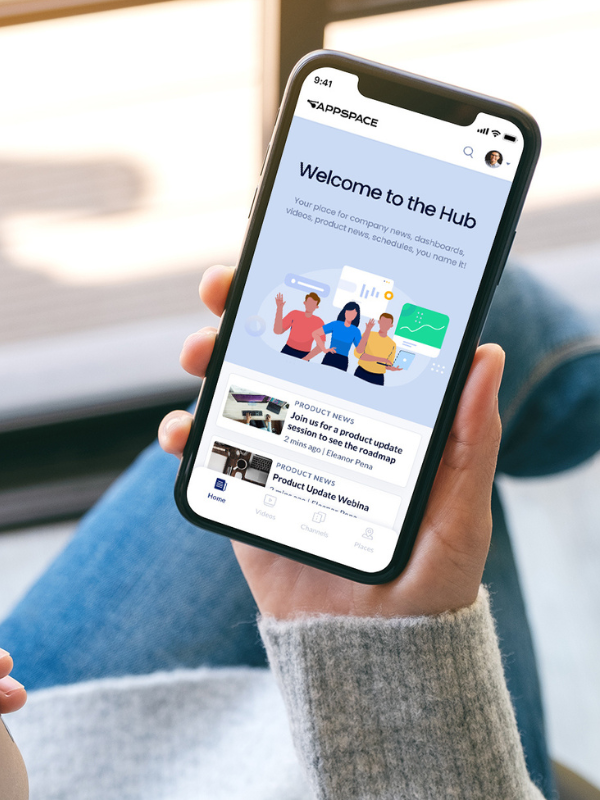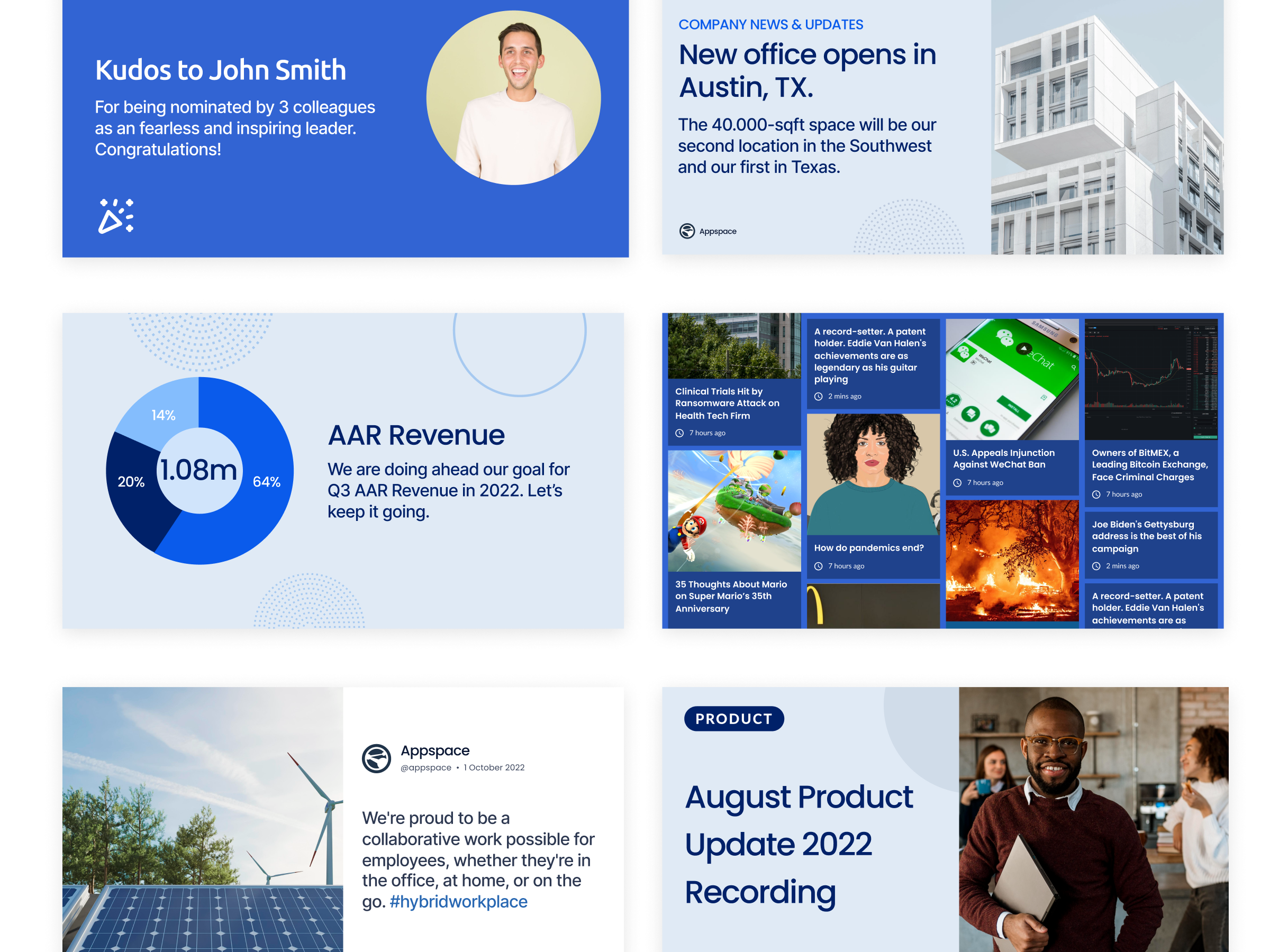Any guesses how many employees are working entirely in-person these days? Just 3% according to our 2023 Workplace experience trends & insights report. One big trend that’s making waves is, of course, the hybrid workforce. In theory, it’s the perfect blend of remote work and office collaboration. And our research shows it’s how more than 50% of employees today choose to work.
But our research also shows there’s work to be done. For example, more than 90% of employees feel their organization could do more to improve the in-office experience – and more than a third who work hybrid struggle with feeling connected and engaged with their work.
What does a hybrid workplace mean – and how do you make it really work for everyone?
Picture a dynamic and flexible work environment where employees have the freedom to work remotely or in the office, without friction. At its core, the hybrid workplace gives employees more choice and flexibility. It recognizes that work isn’t tied to a specific location, but to outcomes and productivity.
According to a Gallup study, giving employees the freedom to choose when and where they work means improved work-life balance, more efficient use of time, control over work hours and location, burnout mitigation, and higher productivity.
It all seems great – until it’s not.
Why is the workplace experience in 2023 so bad? Friction in a hybrid work environment stems from the challenges of blending remote and in-office work dynamics. The lack of face-to-face interaction can lead to communication gaps, misunderstandings, and a sense of disconnection. Add different time zones, work schedules, and technological hiccups and you’ve got even more friction. Some employees may struggle with the blurred boundaries between work and personal life, affecting their productivity and overall wellbeing.
It’s crucial for organizations to proactively address the F-word (friction, obviously) to create a harmonious and successful hybrid work environment.
What is a hybrid workforce done right? 5 must-knows to action
Meet the ideal hybrid workforce: a diverse team of individuals who unite virtually while working from various locations. They include office regulars, remote warriors, and those who move between both realms, adapting to their preferences and job requirements. In a perfect world, it all works seamlessly.
So, how do you achieve it? Here are a few tips:
-
- Clear communication channels are a must-have: Transparency fosters trust and makes remote employees feel connected and engaged. That means encouraging open dialogue, providing regular updates, and ensuring everyone has access to the same information.Our Internal Comms Director here at Appspace, Lauren Patton, says: “In the past, internal comms was about a lot of top-down communication. Now you’re seeing more grassroots communications where employees have a voice without having to go through 700 layers of approval. And you’ll see that reflected in the technology. The communities in our own intranet allow employees to post whatever they need to. They don’t need to go through me or a formal channel if they’ve got a question. They can put it out there and find a colleague who will say, ‘Oh, I’ve got a good answer for you.’”
- Culture really is everything: A vibrant company culture is the secret sauce for connecting a hybrid workforce. Culture is about developing shared values that go beyond physical boundaries. Organize virtual team-building activities, social events, and recognition programs. aLet every employee experience community and belonging, no matter where teammates are. And foster an open dialogue.
- Empathy rules (and so does flexibility): Every individual has unique needs and circumstances. Offer flexible work schedules that accommodate different time zones and personal obligations. Foster a culture of empathy and understanding, promoting work-life balance and supporting your employees’ wellbeing.Our Chief People Officer here at Appspace, Holly Grogan says leading with empathy is a must to build positive workspaces: “I believe in building empowered teams based on open discussion, problem-solving, and decision-making at all levels.”
- Face-to-face still matters: Remote work is great, but in-person interaction can lead to even greater ideas. Plan team retreats, conferences, or off-site meetings to bring your hybrid workforce together physically. These gatherings ignite team bonding, spur electrifying brainstorming sessions, and offer valuable knowledge exchange.
- The right tech is (obviously) essential: Invest in collaboration tools that enable not just real-time communication but asynchronous collaboration. Tools designed to work together (because siloed technology doesn’t have to be a thing). Think digital signage that’s linked to the comms on your employee app. Think space reservation that makes it easy to book rooms and desks. These solutions bridge the geographical divide, ensuring constant connectivity, with a 360-degree workplace experience.
“In this new era of hybrid, remote, and other flexible work options, employees expect and deserve a smooth transition from home to the physical workplace.”
– Thomas Philippart de Foy, Chief Innovation Officer, Appspace
The hybrid workplace can be a game-changer if you get it right
The hybrid workplace can be a game-changer, blending remote work and the physical office to create a flexible and productive environment. With these strategies in place, you’ll conquer the challenges of managing a hybrid workforce.
Ready? Get in touch.




